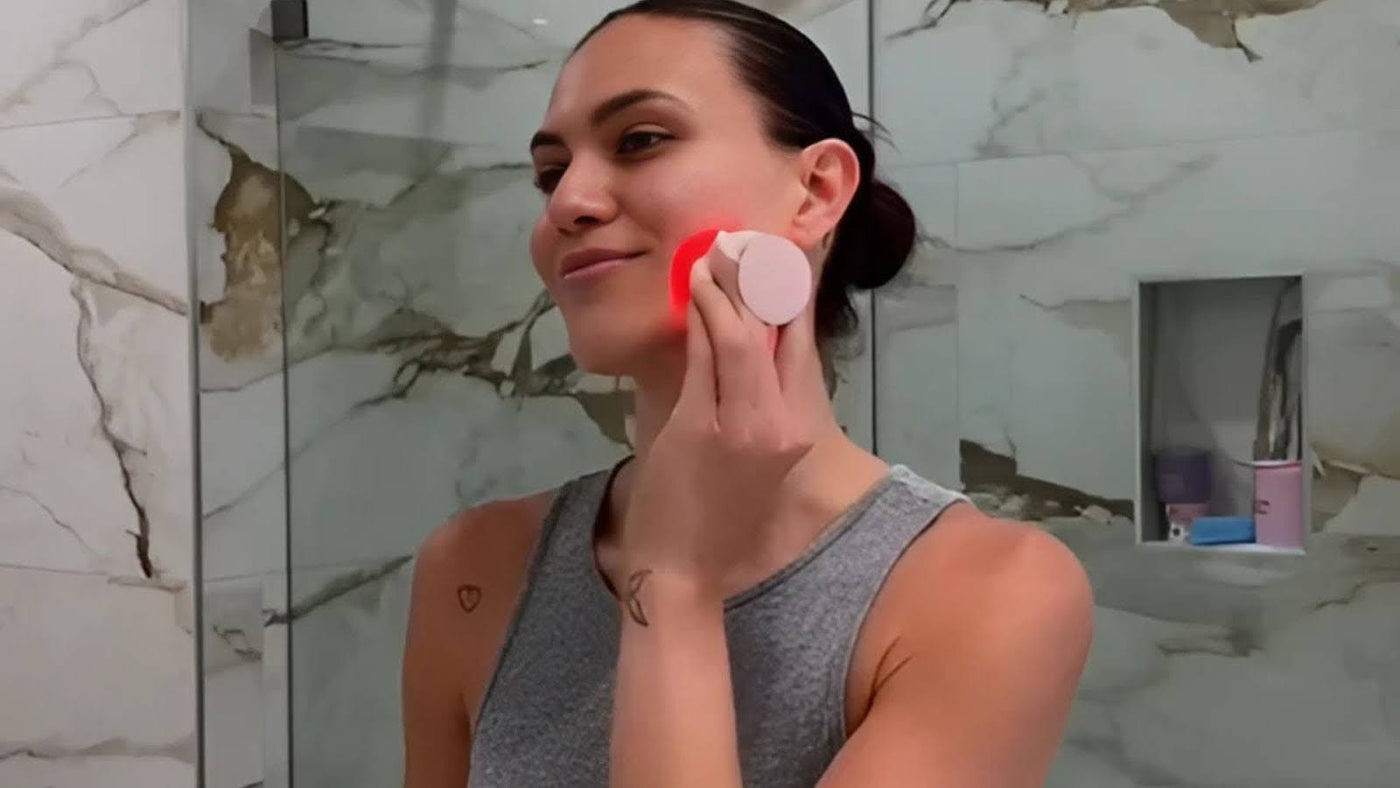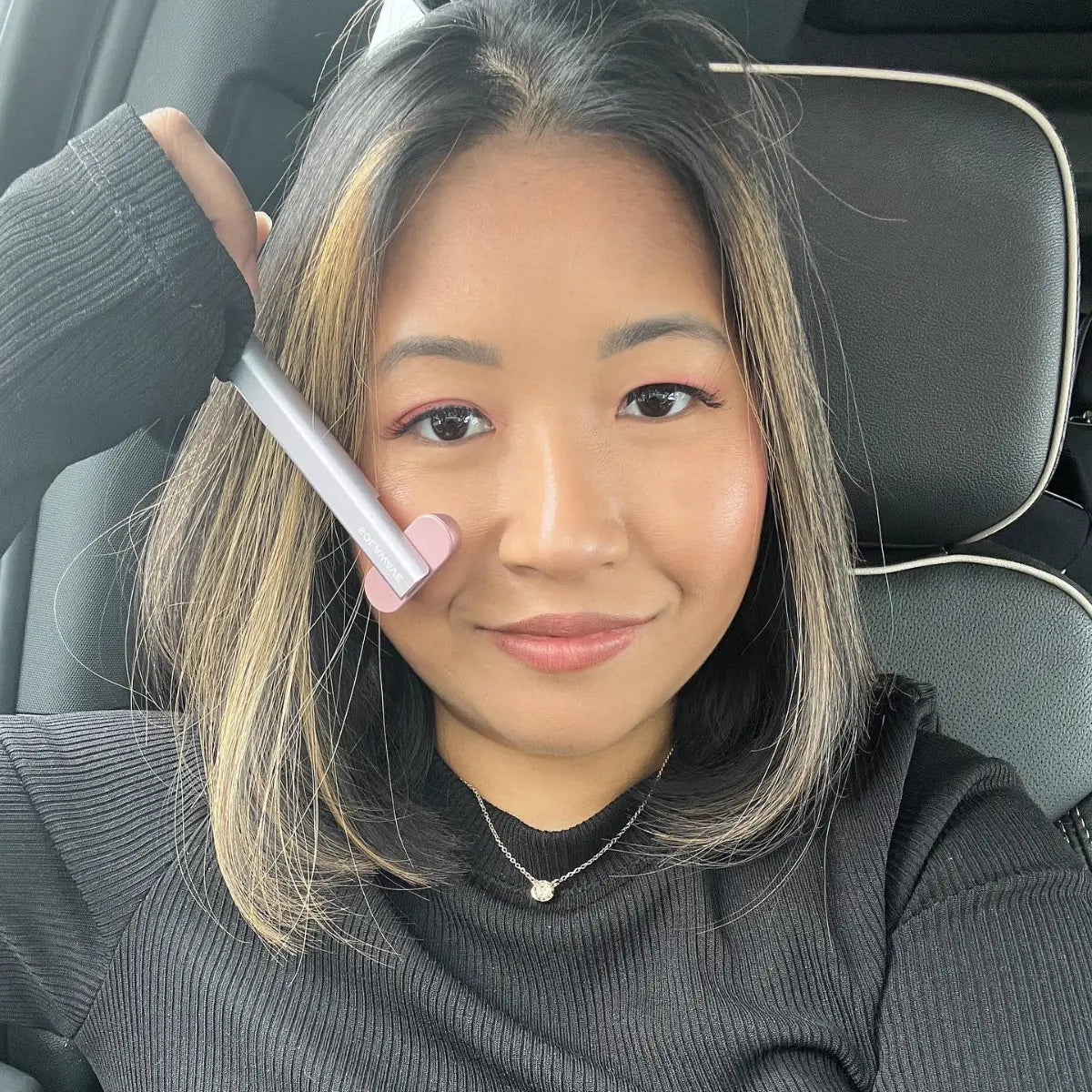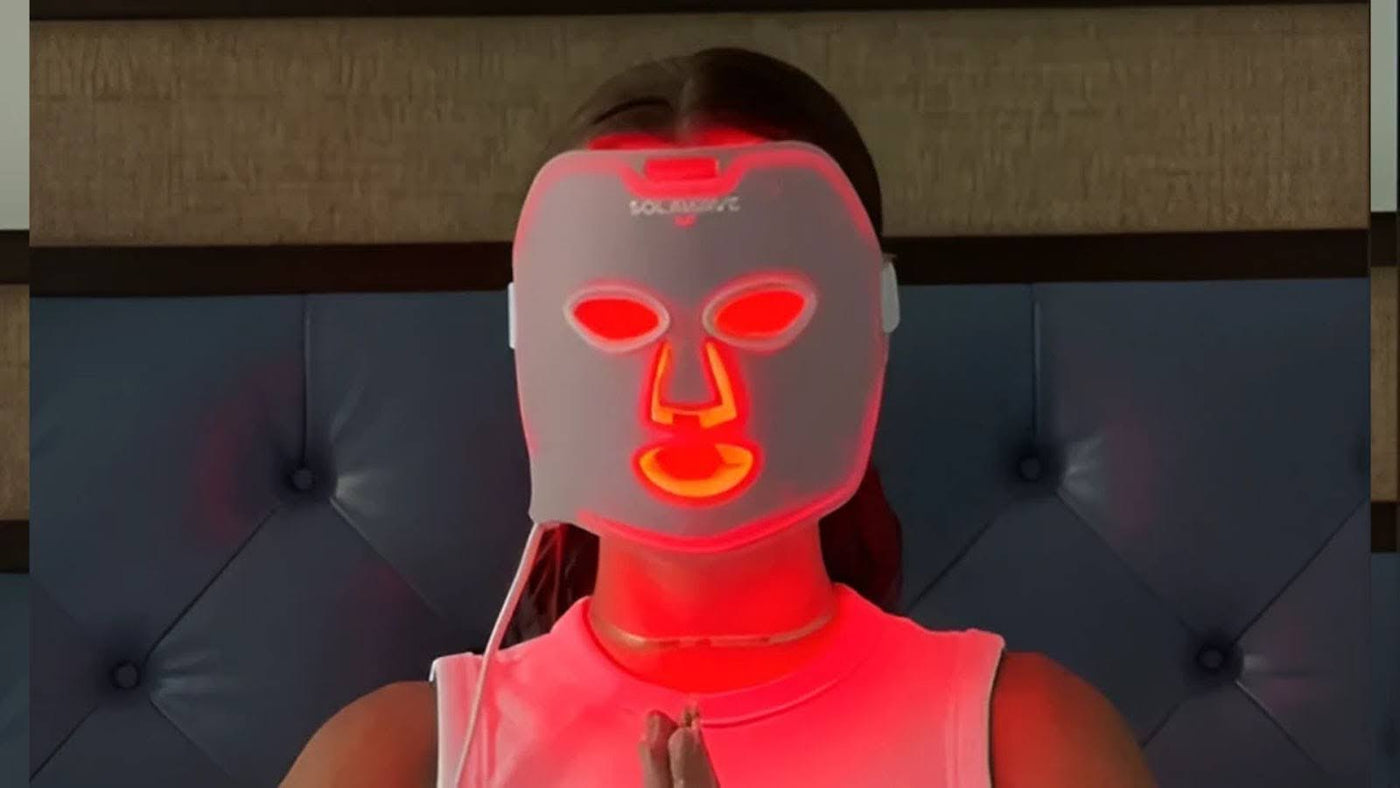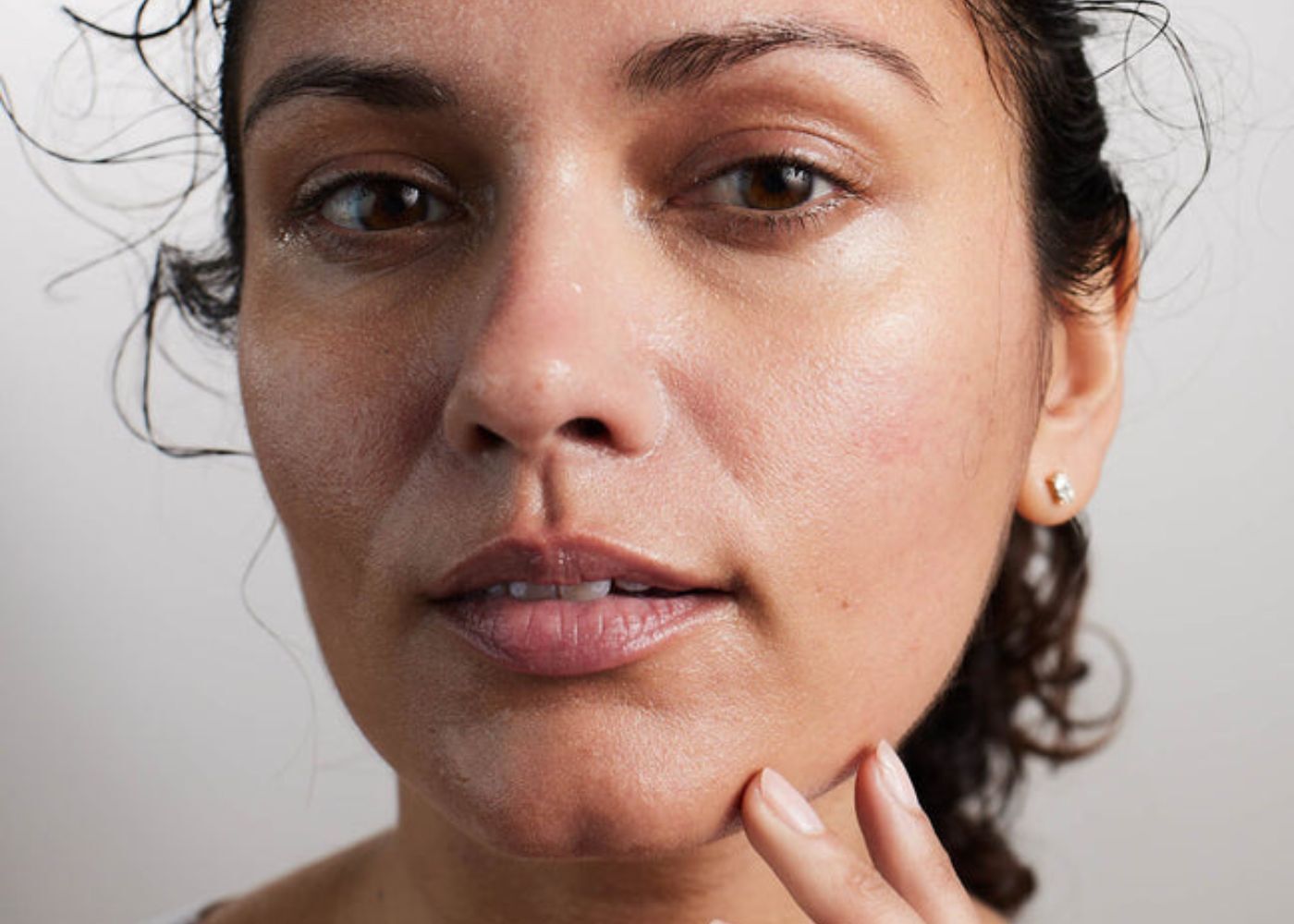 Scars
Scars

Top Non Invasive Scar Treatments
Scars are a natural part of the body’s healing process, forming when the skin repairs itself after an injury, surgery, or inflammation. While scars are a sign that your body is working to protect and heal itself, they can sometimes be a source of discomfort or self-consciousness, especially when they are highly visible or raised.
Non invasive scar treatments have become increasingly important for people seeking to improve the appearance of their skin without undergoing surgery or more aggressive procedures. These treatments offer effective options with minimal risk, little to no downtime, and fewer side effects compared to invasive methods.
Anyone who has scars—whether from acne, surgery, burns, or injuries—can benefit from non invasive scar treatments. These options are especially appealing if you want to avoid the risks and recovery time associated with surgical procedures, or if you’re looking for gentle, gradual improvement in your skin’s appearance.
The Basics of Scars
Scars form as a result of the body’s natural healing response to skin damage. When the skin is injured, your body produces collagen fibers to close the wound and repair the tissue. The way your body heals, the depth of the injury, and your skin type all influence how a scar will look.
There are several types of scars, each with unique characteristics:
-
Hypertrophic scars: These are raised, red scars that stay within the boundaries of the original wound. They may improve over time but can be itchy or uncomfortable.
-
Keloid scars: Keloids are thick, raised scars that extend beyond the original injury site. They can be larger than the wound itself and may continue to grow over time.
-
Atrophic scars: These scars appear as depressions or pits in the skin, commonly seen with acne or chickenpox. They result from a loss of underlying tissue.
-
Contracture scars: Often caused by burns, contracture scars tighten the skin and can restrict movement, especially if they form over joints.
Scars can have a significant impact on your skin’s appearance and your self-confidence. Visible or prominent scars may make you feel self-conscious or affect your willingness to participate in social activities.
Top Non Invasive Scar Treatments
1. Silicone Gel Sheets and Silicone Gel
Silicone gel sheets and silicone gel are among the most widely recommended non invasive scar treatments. Silicone works by creating a protective barrier over the scar, which helps retain moisture and regulate collagen production. This environment softens and flattens raised scars, reduces redness, and can relieve itching or discomfort.
To use silicone gel sheets, simply cut the sheet to fit the scar and apply it to clean, dry skin. Wear the sheet for at least 12 hours a day, replacing it as needed. Silicone gel can be applied as a thin layer over the scar and allowed to dry. For best results, use these products consistently for several weeks to months.
Multiple clinical studies have shown that silicone treatments can significantly improve the appearance of both old and new scars, making them a first-line option for many dermatologists.
2. Topical Treatments (Creams and Ointments)
Topical creams and ointments can help soften, lighten, and smooth scars, especially when used early in the healing process. Look for products containing ingredients such as onion extract (found in some scar gels), vitamin E, retinoids, or hyaluronic acid. These ingredients can help reduce inflammation, promote skin regeneration, and improve overall texture.
Apply the topical treatment as directed—usually once or twice daily—on clean, dry skin. Gently massage the product into the scar to boost absorption and stimulate blood flow. While these treatments can help fade discoloration and soften scars, they may not completely remove deeper or older scars. Consistency and patience are key, and results can take several weeks to become noticeable.
3. Laser Therapy
Laser therapy is a popular non invasive option for reducing the appearance of scars. Different types of lasers are used depending on the scar type: fractional lasers target texture and depth, while pulsed dye lasers focus on redness and pigmentation.
During treatment, the laser delivers focused energy to the scar tissue, stimulating collagen production and breaking down excess pigment. This process helps smooth the skin and even out discoloration. Sessions typically last 15–30 minutes, and you may need multiple treatments for optimal results.
After laser therapy, you might experience mild redness or swelling, similar to a sunburn, which usually resolves within a few days. Most people can return to normal activities immediately, but sun protection is essential to prevent further pigmentation.
4. Microneedling
Microneedling involves using a device with fine needles to create tiny punctures in the skin. These micro-injuries trigger the body’s natural healing response, boosting collagen and elastin production. As new skin forms, the texture and appearance of scars—especially atrophic or acne scars—can improve significantly.
The procedure is typically performed by a dermatologist or licensed professional, but at-home microneedling devices are also available. Professional treatments are more effective and safer, as they use sterile equipment and controlled needle depth. Aftercare involves keeping the area clean, using gentle moisturizers, and avoiding sun exposure for several days.
Microneedling is generally safe for most skin types, but it’s important to follow aftercare instructions to minimize the risk of irritation or infection.
5. Chemical Peels
Chemical peels use acids—such as glycolic, salicylic, or trichloroacetic acid—to exfoliate the top layers of skin. This process removes damaged skin cells and encourages new, smoother skin to form. Chemical peels are especially helpful for superficial scars and discoloration.
There are different strengths of peels, from mild (superficial) to deep. Mild peels can be performed at home with over-the-counter products, while stronger peels should be done by a professional. After a peel, your skin may be red and sensitive for a few days, and it’s crucial to use sunscreen and gentle skincare products during the healing process.
Chemical peels can gradually improve the appearance of scars, but multiple sessions may be needed for best results.
6. Cryotherapy
Cryotherapy involves freezing scar tissue with liquid nitrogen to destroy abnormal cells and reduce the size of raised scars, particularly keloids and hypertrophic scars. The freezing process causes the scar tissue to blister and eventually fall off, allowing healthier skin to form underneath.
Cryotherapy is usually performed in a dermatologist’s office and may require several sessions for optimal results. While effective for certain scar types, it can cause temporary skin discoloration or mild discomfort during the procedure. It’s not typically recommended for atrophic or depressed scars.
7. Pressure Therapy and Massage
Pressure therapy uses specially designed garments or bandages to apply consistent pressure to healing scars, helping to flatten and soften them over time. This method is especially useful for large or burn-related scars. Pressure garments should be worn for most of the day, often for several months, to achieve noticeable results.
Scar massage is another simple, non invasive technique. By gently massaging the scar with your fingers or a soft tool, you can help break down dense scar tissue, improve circulation, and increase flexibility. Aim to massage the scar for 5–10 minutes, two to three times a day, using a moisturizing lotion or oil.
Both pressure therapy and massage are supported by clinical evidence and are often recommended by healthcare professionals as part of a comprehensive scar management plan.
Conclusion
Non invasive scar treatments offer a range of effective options to help you improve the appearance, texture, and comfort of your scars—without the need for surgery or lengthy recovery times. From proven solutions like silicone gel sheets and topical creams to advanced therapies such as laser treatments, microneedling, and chemical peels, you have access to safe and accessible methods that can make a real difference in your skin’s appearance.
Remember, every scar and every skin type is unique. Consulting with a dermatologist ensures you receive personalized advice and a treatment plan tailored to your specific needs and goals. With patience and consistent care, you can achieve noticeable improvements and feel more confident in your skin. Stay committed to your routine, and give your skin the time it needs to heal and renew.
Disclaimer: This article is intended for informational purposes only and should not be interpreted as medical advice or guidance. Always seek medical advice and care from a trusted healthcare professional.
Sources:






